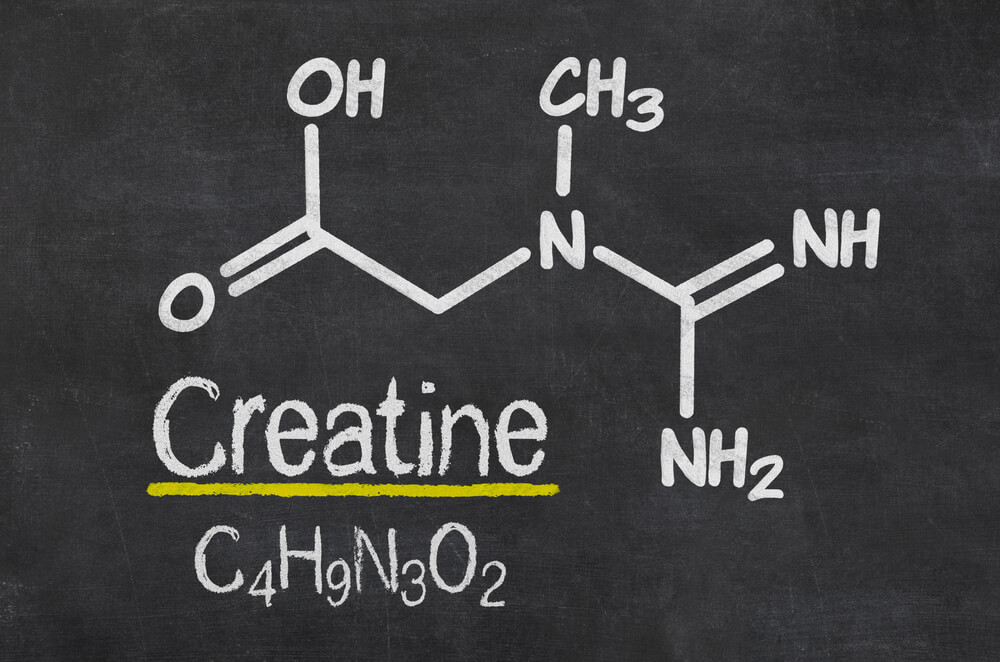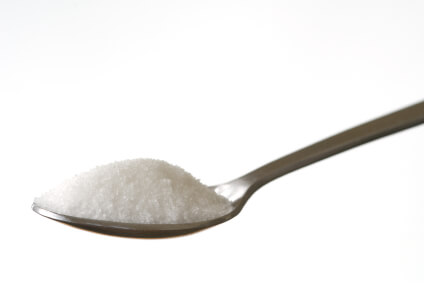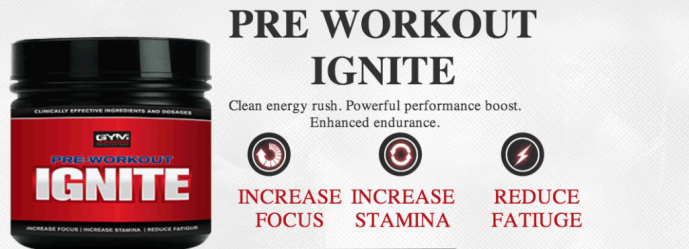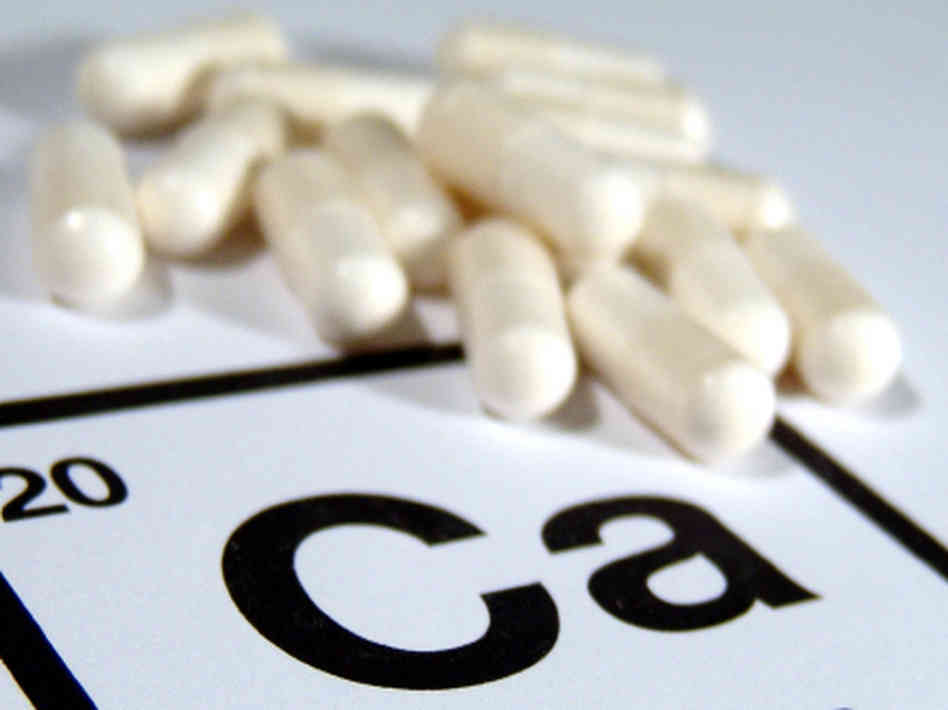Every lifter has heard of Creatine, but is it effective? When should you take it? And what type is the best?
What is Creatine?
Creatine serves as an essential part of the ATP-CP energy system, also known as phosphagen system. Today, I’ll break down creatine for you in simple terms and we’ll discuss what’s best for your body and the best creatine.
Creatine is easily one of the most popular and widely used supplements in the fitness and muscle building industry. Creatine as a supplement has been around for 20+ years and has been widely studied in exercise science. However, there seems to still be a fair amount of misinformation and misuse that surround the supplement and its nature.
History of Creatine
Let’s take you a step back. Creatine is not at all new, it is contained in meat and other foods. It was first discovered in the year 1835 by a French scientist, Chevreul. It wasn’t until the year 1847 that creatine was first linked to muscle tissues, in these studies, subjects were “loading” with creatine up to 20 grams per day for 6 days. This is a high dose by today’s standards even in the body building community.
You might have a lot of questions about the function of creatine, its safety, uses and efficiency, as well as proper dosages for people looking to gain strength and muscle. We’ll address these all issues, don’t worry.
Your body has a very small reserve of Creatine that your muscles can convert to ATP for energy. This will only power an all-out or sprint-like effort for 4 to 15 seconds. When exercise intensity decreases and the duration increases, as in distance running, your body uses other systems of energy production.
Studies have proven creatine’s health benefits with facts and figures, not only for bodybuilders or athletes, but also to non-athletic aging individuals.
The purpose of today’s blog is to answer some frequently asked questions and provide you with enough information to decide whether or not if consuming creatine is right for your supplement regimen.
Should I Take Creatine?
Did you know that Creatine is actually produced by your body in really small amounts? You might also be surprised to know that Creatine is also found in red meat. In this sense, creatine is a “true supplement” meaning that you are increasing natural levels of something you are already consuming or have in your body. Creatine is NOT some mystery chemical discovered in a lab.
Some researchers even suggest that vegetarian athletes and vegan people can greatly benefit from creatine supplements because of their habitual dietary deficiencies.
Creatine Myth Busting Time
Here are a few of the questions I am asked most about creatine:
Is Creatine Bad For Your Kidneys?
Which Form of Creatine Is The Best and why?
Is Creatine A Steroid?
Does Creatine Cause Muscle Cramps?
Is it safe ?
When should I consume it and how?
Creatine is an effective organic compound that is produced from three major amino acids: Methionine, Arginine & Glycine. Numerous studies have found that creatine supplementation results in improved body composition, increased muscular strength, and faster sprint performance. Who here doesn’t want those?
Creatine can also be useful for reducing muscle cramps in medical applications.
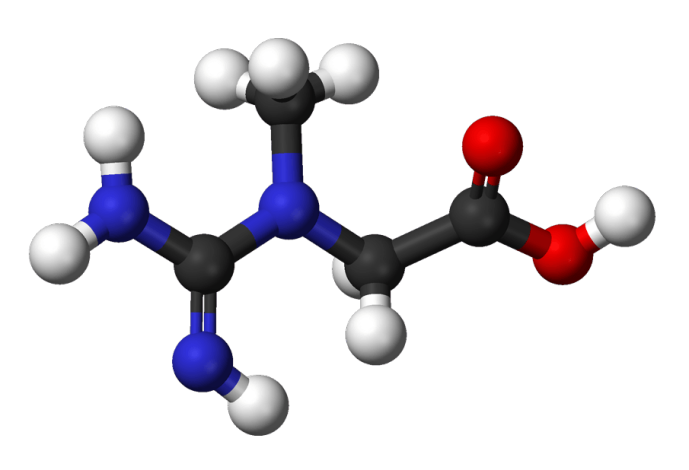
Myth: Creatine is Bad for Your Kidneys.
This is likely due to confusion between creatinine and creatine, a metabolic by-product. Researchers have determined that creatine is perfectly safe without negative changes in renal biomarkers, such as blood urea nitrogen.
Another common myth surrounding creatine is the idea that it increases risk of cramps in muscles or muscle injuries. Multiple studies have found that this is not true. Creatine has been found to have positive effects in both male and female athletes.
Whether or creatine is right for your body has less to do with your gender and more to do with your goals. If you are looking for increased strength for lifting and sprinting and are interested in developing muscle size, then you might want to consider creatine.
Believe it or not , research has shown that creatine can increase growth hormone production. It is no surprise that creatine is among the most widely sold muscle building in the world!
How do I take creatine?
Most researchers suggest going for 2-5 grams a day, though some studies have tested doses as high as 20-22 grams a day with positive results.
Based on current research and my own experience as a fitness coach, creatine is a safe and effective supplement for athletes. My professional advice would be to add 5 grams of Creatine monohydrate to your post-workout drinks.
If your goals involve increasing your core strength, improving body composition and proportion, along with being able to sprint faster or lift.
Creatine can be a really effective key component in your workout routine.
This supplement is also packed with benefits for reducing muscle cramps and attenuating core temperature, which can be especially beneficial for CrossFitters or high-intensity athletes.
What about side effects?
There are no documented research studies showing that consuming creatine causes any serious adverse side effects. During scientific research studies some test subjects reported that while supplementing with creatine, they experienced two major issues.
The first was under the skin water retention, or a “bloated” appearance. This is due to creatine’s poor solubility.
The second was gastrointestinal distress (gas, stomach bloating, and even diarrhea). This occurred due to too large a dose. Creatine’s high acidity can account for this effect.
Although these problems are temporary in nature, they can be eliminated by lowering the dose of creatine and taking it (with non-acidic juice) in divided doses throughout the day. Keep in mind, it will not at all help in weight loss but if body recomposition is your goal, can help.
Most people will gain between three and five pounds in the first few weeks of using creatine, but human studies show that this extra water in the muscles may increase protein synthesis which automatically leads to the growth of muscle fibers.
Pros:
- All studies conducted concerning creatine (monohydrate), and reached to amazing results and conclusions.
• Most effective type of creatine yet.
• Cheap and easily available
Cons:
- Not very soluble in water.
• Low surface area, which decreases uptake of creatine into the muscle, causing only about 1% to be absorbed into the body.
• May contain impurities if not bought from a reputable company.
• Reports of diarrhea and stomach discomfort because insoluble creatine sits in the stomach attracting water.
• Can create an extra layer of water under the skin.
• Some people do not respond to this type of creatine (non-responders).
• Unstable in water and should be taken immediately after dissolving it.
• Does not require a loading phase.
BUILDING MUSCLE WITH CREATINE
Creatine supplementing as a product that can really enhance muscle cell energy production becomes obvious when you look at the re-synthesis of creatine.
What else does it do? It acts as a “volumizer” or “cell expansion” product by pulling water into the muscle cell, causing it to expand, which results in a remarkable increase in size and muscular strength.
TYPES OF CREATINE
Find out here what Creatine to take and which is the best Creatine on the market, and best Creatine supplement for your regime.
MONOHYDRATE
The original – this version requires sugar be ingested with it in order for it to be properly absorbed, a loading phase of 4-5 doses (typically 5 grams per dose) per day for up to 5 days and once a day thereafter. Some side effects reported by some users using this grade.
ETHYL ESTER
Requires less total grams to be effective, There is no sugar needed and no loading required. Available in pills or powder, you usually take one serving (usually 2-3 grams) twice a day.
TRI-CREATINE MALATE
Tri-creatine malate is a compound made from creatine monohydrate and malic acid. It’s made from three major creatine molecules that are attached to one molecule of malic acid. Malic acid is involved in the process of the Krebs energy cycle as a superior substance, and helps to provide energy to the body.
Is Creatine Monohydrate the Best Choice?
The tried and true, creatine monohydrate could be the best option for you and is the standard by which all other forms of creatine are still judged.
If creatine monohydrate upsets your stomach, try a more water soluble form of creatine such as micronized creatine, or creatine citrate, nitrate, or hydrochloride.
Looking for the perfect beach body?
The truth is that Creatine can increase the volume in the muscles, increasing muscle tone, which may increase the metabolic rate and accelerate fat loss while you build muscle. Volumization in simple terms mean that the storage of extra water in the muscles, which allows the user to maintain longer and more intense muscle contraction. The volumized muscles will show up as extra pounds on the scale. No, that does not mean you will gain lots of fat but it means that you gain muscle.
Creatine is a complex substance found naturally in the human body and in certain foods ( for example – red meat) It is perhaps one of the most researched molecule in the world of sport supplements–the subject of over 200 studies–and the consensus is very clear.
In healthy subjects, creatine has been shown to have no harmful side effects, in short term and even long term users who are using Creatine as a supplement in their workout routine .
If you have a kidney disease it is not advisable to supplement with Creatine. Otherwise, it’s a muscle building essential. It’s safe, cheap, and effective.
Conclusion
On a final note, post workout is also an excellent time to supplement creatine, because sometimes your blood sugar and glycogen levels are low. So, as the dietary sugars restore those, they are multitasking by rushing creatine to the muscle.
For some reason, creatine has become one of the most complex supplements to learn about—but it doesn’t have to be.
It’s safe, naturally occurring, and it works. You can consider adding Creatine to your supplement regimen if you want to gain muscle and increase performance. There are many creatine supplements out there but don’t skimp and get a bottle full of mystery powder, go for the good stuff as creatine is already cheaper than many supplements.
Just make sure you get the pure form of Creatine and work those muscles out, daily. Adding Creatine to your diet won’t add volume to your muscles unless until you work it out. Keep up the good health and thank you for reading.
-Terry Asher
Terry
Latest posts by Terry (see all)
- How Important Are Net Carbs For Building Huge Muscle? - Apr 28, 2017
- The Matt Damon Workout Explained - Apr 27, 2017
- Watercress – Benefits And The Best Way To Consume It - Apr 26, 2017

